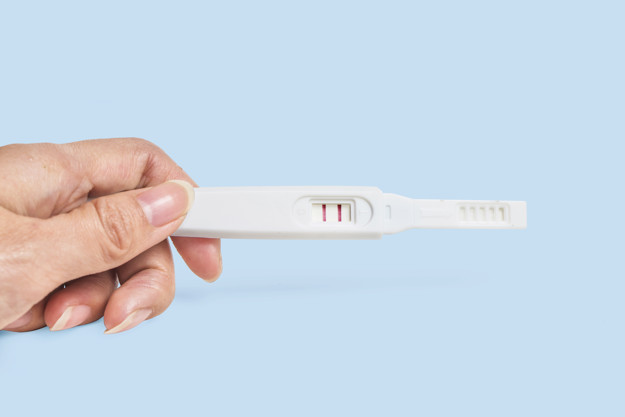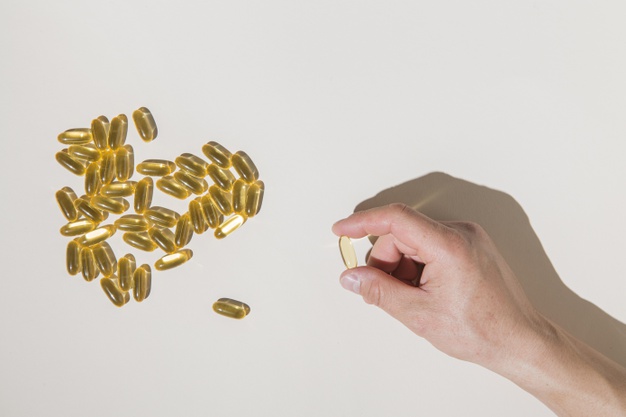Maximizing Natural Fertility
The following might help in optimizing fertility naturally:
1. Healthy weight: BMI of 18.5 to 25 kg/m2.
Obesity can increase ovulation dysfunction. While with men, it may hold some effects on reproductive hormone levels.
2. Timing of intercourse:
Intercourse every 2 – 3 days before ovulation including the day of ovulation.
The sperm lives up to 5 days in the fallopian tube
While the egg lives only for 24 hours after it’s released.
How to predict ovulation time:
a. tracking changes in cervical mucus (slippery and clear near ovulating)
b. Ovulation kit found in pharmacies, measuring LH hormones in urine.
c. Calendar App on phone to monitor menstrual cycle, as ovulation occurs about 14 days before period starts.
3. Limiting caffeine consumption to 200 mg a day.
4. Healthy diet:
– Reducing trans-fat consumption found in ready food such as cake, frozen pizza, margarine, fast food and coffee creamer.
– Increasing fatty acid intake found in sardines, salmon, mackerel, walnuts. Or Omega-3 fatty acids supplements (500 mg of both EPA and DHA daily)
– High fat dairy food.
– Protein from vegetable rather than animal sources.
– Folic acids (400-800 mcg a day) found in food such as Leafy green vegetables, citrus fruits and beans, or supplements.
– Iron and multivitamin (C, B6, E) supplements.
Next to healthy diet, it is advised to exercise 3 – 4 times a week like aerobics to improve blood circulation.
5. Avoiding overexercise (intense sports) as it may affect ovulation. It is better to reduce exercising to less than five hours per week.
6. Quitting smoking.
Effect on men: lower sperm count and quality.
Effect on women: affects the eggs movement to the uterus.
Increase risk of miscarriage.
7. Avoiding delayed pregnancy, specially in late 30s . Age mostly effects women as the quantity and quality of eggs decline with aging.
Also, the quality of man’s sperm may decrease when older.
8. Treating sexually transmitted diseases in case of infection such as chlamydia and gonorrhea.
9. Avoiding Exposure to environmental pollutants and toxicants such as materials used in dry cleaning, printing industries and pesticides.



